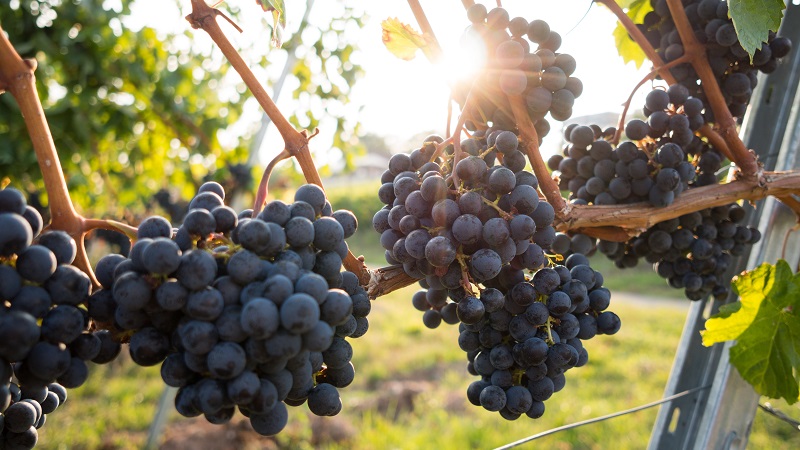Is Your Orchard Ready For Mechanization? [Opinion]

Christina Herrick
Mechanization has been something talked about for years and years – whether it’s full-on automation or harvest/orchard task assist platforms.
The trouble with tree fruit, apples in particular, is the industry has been blessed with a plentiful labor supply for a long time. But, that’s changing – and for a variety of factors, the labor pool is slowly drying up. Karen Lewis, tree fruit regional specialist with Washington State University Extension, says most industries, when faced with a potential labor shortage, replace humans with machines. And the tree fruit industry uses more persons per unit cost than any other industry. Things are changing quickly, and the tree fruit industry as a whole isn’t prepared to cope with fewer workers in the near future.
“We’re as far behind the 8-ball as anybody as an industry,” she says. “We’re the last ones at the gate.”
Labor and mechanization are permanently tied together. In this month’s cover story, I explore the delicate relationship between your labor force and mechanization, which often impedes the successful adoption of anything new in your orchard.
Apple grower Mark Hermenet of Hermenet Fruit Farm in Williamson, NY, puts it this way: “You’ve got to have the crew that’s going to help you.”
Those who have invested in mechanization know adoption has been slow. However, growers are seeing the benefits of platforms for thinning, trellising, etc. Researchers are quick to point out the efficiency gains made through mechanizing those basic orchards tasks. Yet, many growers are waiting to make the big purchase, opting to update their orchards for full automation integration.
“What’s happened now is a lot work, effort, and money is going into automation – machinery with sensors and automation for robotic harvesting and robotic thinning, vision-based pruning,” Lewis says. “I think we’re going to take a quantum leap here.”
Automation may be on the horizon, but if your orchard training system and spacing are in the 20th Century, researchers say your focus should not be on equipment, but on updating your orchard system in preparation for the future.
It doesn’t really matter how much the allure of that shiny new harvest platform is. You’ll never see the true benefit from the equipment if your row and tree spacing is too wide or if your training system is more complicated than necessary. Take a solid look at the blocks you’re going to replace, and think about how your orchard should look in the next 15 or 20 years.
You may be ready for future automation or mechanization, but will your orchard?










